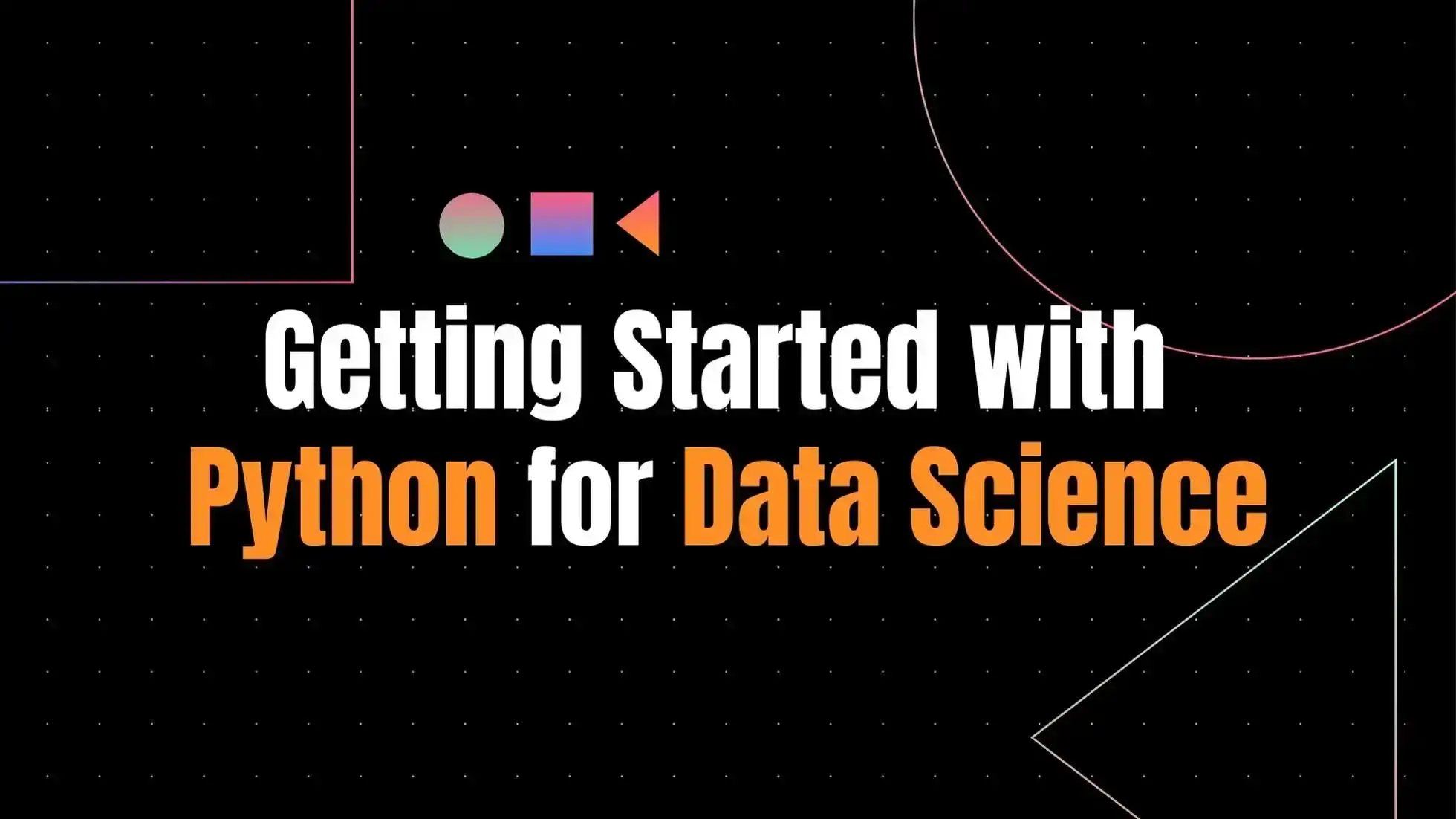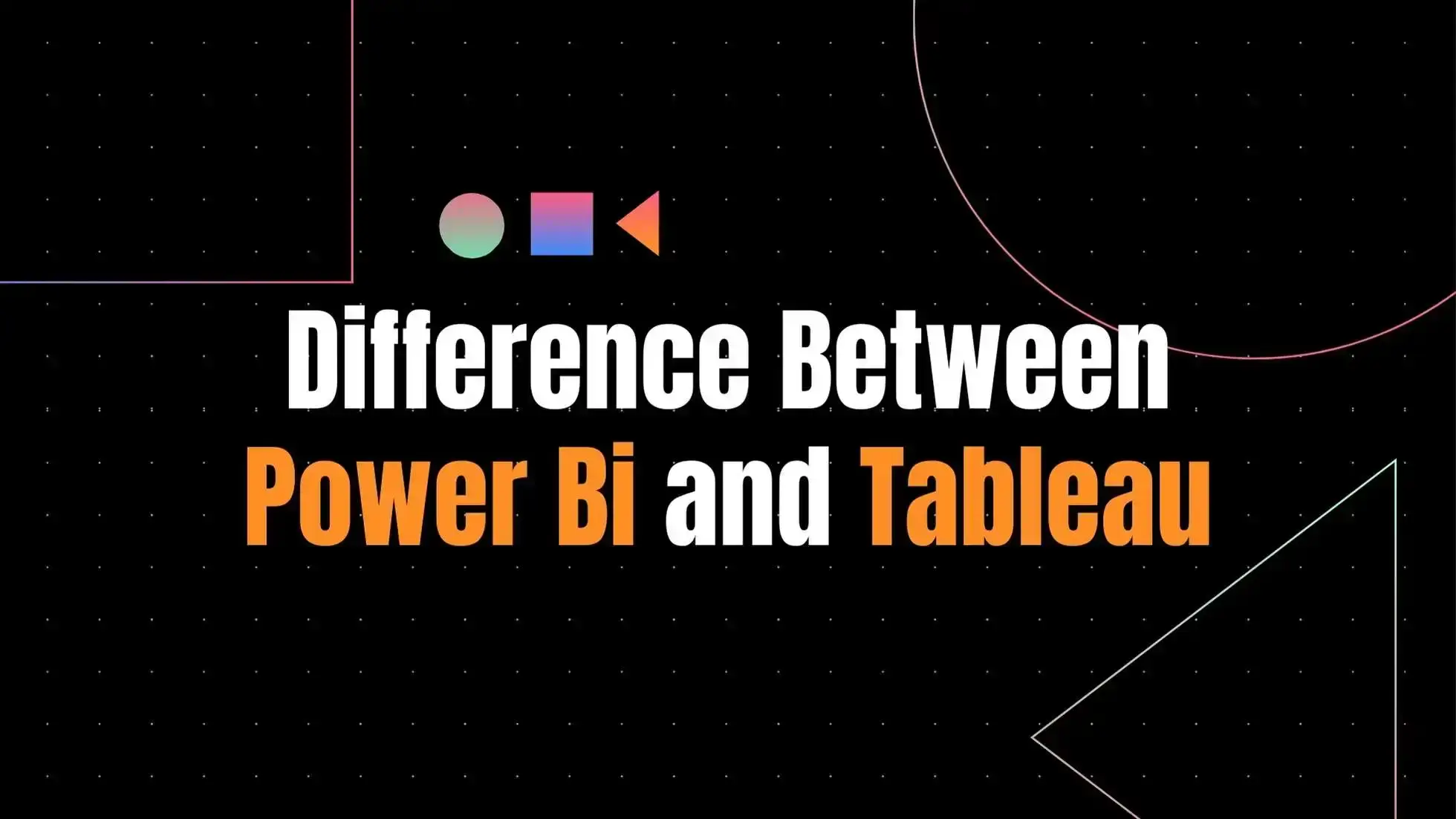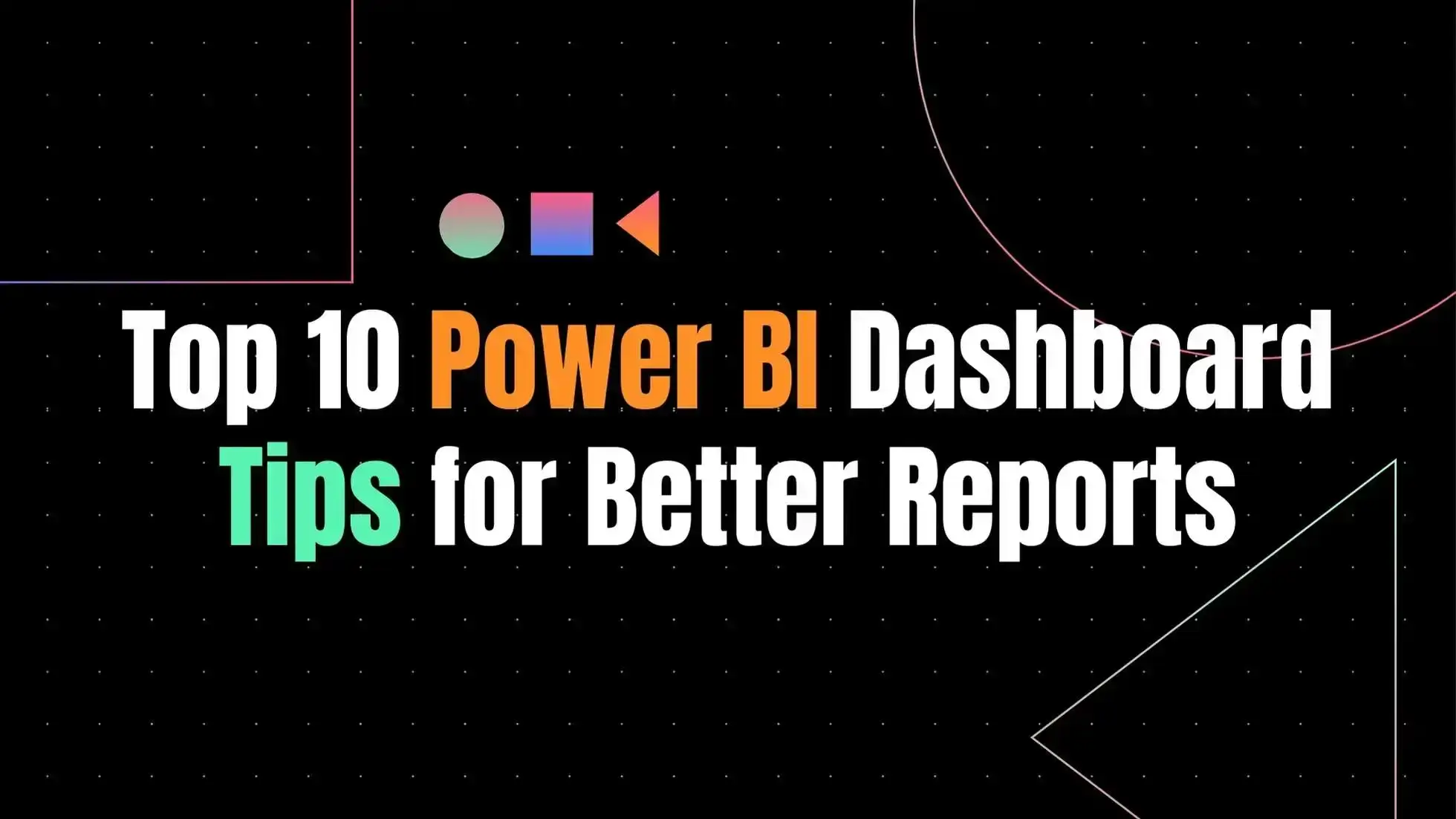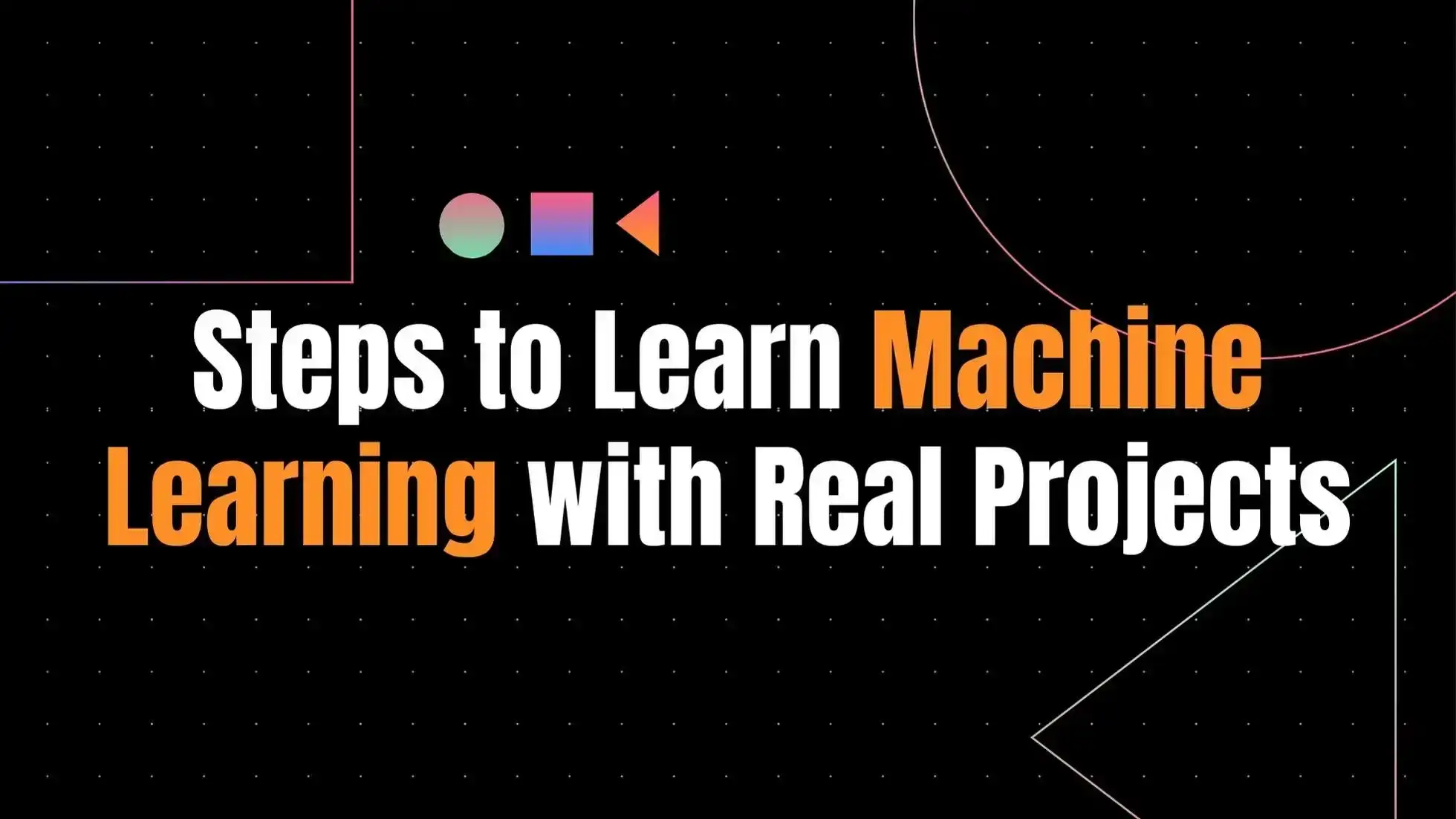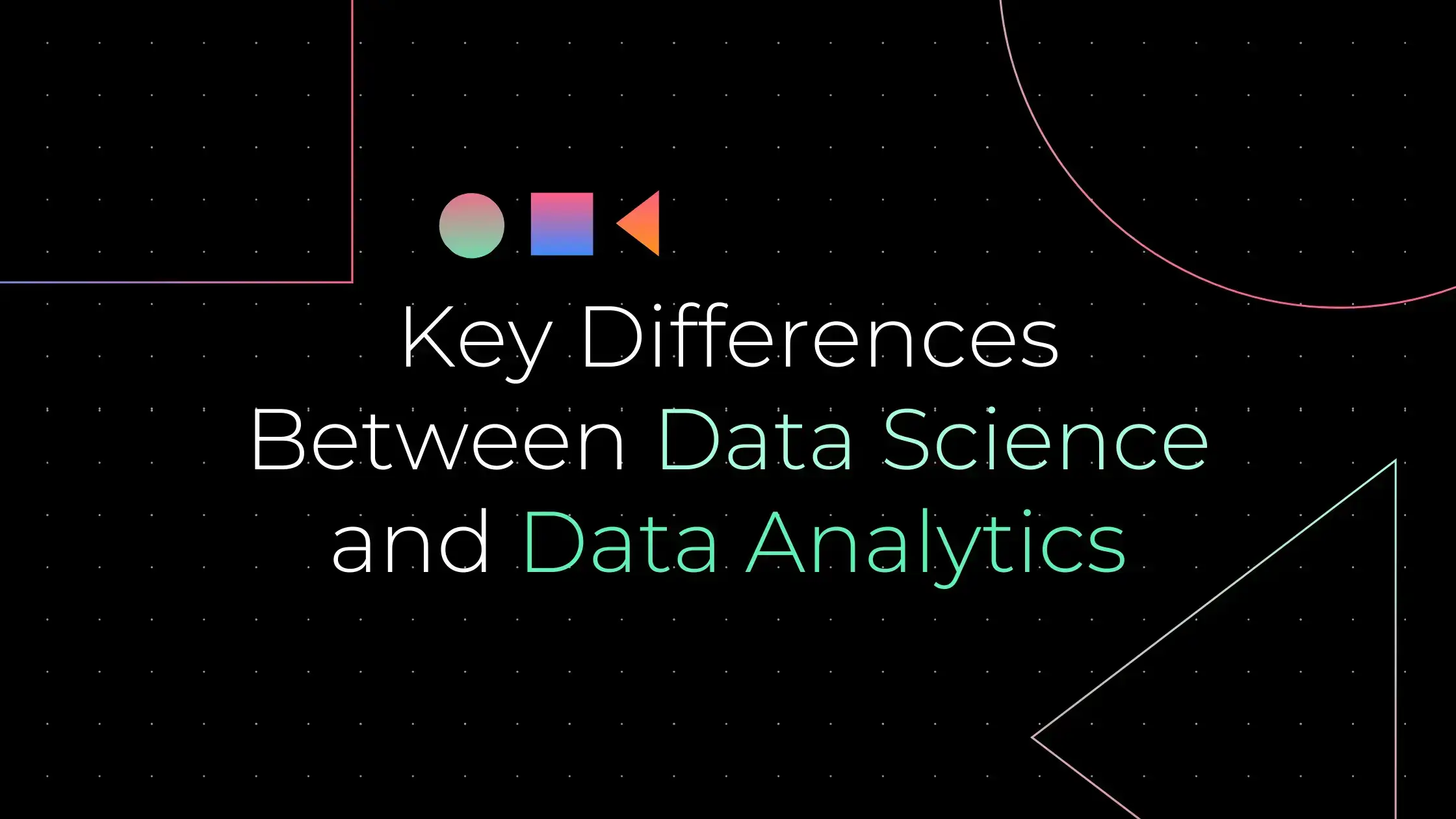In our world that is becoming ever more data-driven, data visualization has emerged as a crucial technique to grasp and interpret the vast amounts of information we encounter daily. By transforming complex datasets into visual formats like charts, graphs, and maps, data visualization tools make it far easier to identify patterns, outliers, and trends, thereby enhancing our understanding and decision-making processes. This practice not only aids businesses in analyzing and sharing information but also plays a significant role in the analysis of big data, driving the need for skills in visualizing data effectively.
As the demand for comprehensible and accessible data grows, the use of data visualization in various sectors underscores its importance. From transforming big data into actionable insights to utilizing tools like Power BI and Tableau for more nuanced data analyses, the field of data visualization has evolved significantly. This article will explore the fundamentals of data visualization, including its benefits, types, tools, and techniques, alongside notable examples that highlight its impact across different domains. Through a deep dive into this subject, readers will gain an understanding of not only how to define data visualization but also how it serves as the linchpin in data science and data analysis, guiding strategic decisions and delivering compelling narratives through data.
Understanding Data Visualization
The Concept of Data Visualization
Data visualization is fundamentally the graphical representation of information and data, utilizing visual elements like charts, graphs, and maps to provide an accessible way to see and understand trends, outliers, and patterns in data. This approach not only aids in making data-driven decisions by analyzing massive amounts of information but also simplifies the presentation of data to non-technical audiences, ensuring clarity and effective communication. The core purpose of data visualization is to facilitate a better understanding of data, allowing individuals to see, interact with, and comprehend complex data regardless of their expertise level.
Historical Context and Evolution
The roots of data visualization trace back to ancient civilizations, with the Egyptians using it for navigation purposes before the 17th century. The field saw significant advancements with Michael Florent Van Langren providing one of the first visual representations of statistical data in 1644, and William Playfair inventing several foundational chart types in the late 18th century. The “Golden Age” of statistical graphics in the latter half of the 19th century introduced influential visualizations like John Snow’s cholera outbreak map and Charles Minard’s depiction of Napoleon’s Russian campaign. The evolution continued with the advent of computers in the 20th century, leading to the modern era of data visualization, characterized by sophisticated, interactive dashboards and a wide array of visualization tools.
Current Importance in Various Industries
Today, data visualization is indispensable across professional industries, benefiting fields from STEM to finance, marketing, and education, among others. Its importance lies in its ability to make complex information understandable, enabling decision-makers to quickly identify trends and insights for informed decision-making. The versatility of data visualization tools has broadened their application, allowing for their use in managing organizational structures, analyzing performance metrics in real-time, and even in public policy to communicate vital information to the general public. As we navigate the era of big data, the significance of data visualization continues to grow, underlining its critical role in data-driven decision-making across various sectors.
Benefits of Data Visualization
Enhanced decision-making capabilities
Data visualization significantly empowers decision-makers by presenting data in a clear and concise manner, which facilitates more data-driven decisions and potentially better outcomes. This is largely due to the human mind’s proficiency in detecting patterns in visual displays, rather than interpreting complex statistical models or numerical data directly. By leveraging data visualization tools, organizations can foster a culture of regularly consulting dashboard reports and visualizations, thereby gaining a deeper understanding of various metrics like sales by period or deals closed by sales reps. This comprehensive understanding ultimately aids in identifying high performance areas or those needing improvement, enabling the development of actionable insights.
Data visualization plays a crucial role in making information more accessible and understandable to a broader audience, including those with varying levels of technical expertise. By transforming complex data sets into visually engaging formats, it allows individuals to grasp intricate patterns, trends, and relationships at a glance. Moreover, data visualization supports inclusive design principles by enhancing the accessibility of data, ensuring that everyone, regardless of their abilities, can access, navigate, and interact effectively with the visualized information. This approach not only democratizes data analysis but also encourages a more diverse set of perspectives in the decision-making process.
Efficiency in spotting trends and outliers
One of the most pronounced benefits of data visualization is its efficiency in revealing trends, patterns, and outliers within large volumes of data. Visual representations, such as charts and graphs, enable users to quickly identify these elements, which might be overlooked in traditional spreadsheet analyses. This capability is particularly valuable in modern business environments where the volume of data can be overwhelming and the need for rapid decision-making is critical. By integrating data visualization tools into their operations, businesses can expedite the review process of vast data sets, ensuring that strategic decisions are both timely and well-informed.
Types of Data Visualizations
Charts and Graphs
Charts and graphs stand as the cornerstone of data visualization, offering a wide array of formats to represent data visually. Bar and column charts, for instance, excel in comparing data across categories, with their length or height illustrating numerical values. Line charts are pivotal for highlighting trends over time, showcasing how data points are connected across a continuum. Scatter plots, through the placement of dots across two axes, reveal the correlation between variables, making them indispensable for analyzing relationships. Pie charts, although common, are best suited for displaying data that constitutes a whole, using slices to represent parts of this whole. Each chart type serves a distinct purpose, facilitating the understanding of complex data sets by transforming them into comprehensible visual formats.
Maps and Geographic Data Representation
Maps play a crucial role in the visualization of geospatial data, transforming the abstract into the tangible. Cartography, the science and art of mapmaking, ensures that data is not only represented accurately but also in a manner that is easily interpretable by audiences. From point maps, which mark specific __cpLocations, to choropleth maps that use color gradients to represent varying data points across geographical areas, each map type offers unique insights. Heat maps display data through color intensity, providing a visual representation of density or concentration in specific areas. The choice of mapping style can significantly influence the conclusions drawn from the data, underscoring the importance of selecting the most appropriate type to convey the intended message effectively.
Interactive Dashboards
Interactive dashboards have revolutionized the way data is explored and analyzed, offering real-time capabilities that empower users to delve deeper into their data. These dashboards not only facilitate the creation of customized views but also enhance collaboration by allowing users to share specific insights across the organization. By providing a central __cpLocation for data, dashboards ensure that the most current information is always accessible, aiding in the swift identification of trends, patterns, and outliers. The ability to interact with data on-the-fly enables more confident and quicker decision-making, making interactive dashboards an essential tool in the modern data-driven landscape.
Data Visualization Tools and Software
In the realm of data-driven decision-making, the significance of data visualization cannot be overstated. It transforms complex datasets into understandable visual formats, aiding in the identification of patterns, trends, and outliers. This section delves into the various tools and software available for data visualization, highlighting the criteria for selection and the comparison between open-source and proprietary software.
Overview of Popular Tools
The landscape of data visualization tools is diverse, offering solutions that cater to different needs and skill levels. Tableau, for instance, stands out for its comprehensive analytics and visualization capabilities, appealing to a broad user base from novices to experts. ParaView and Gephi cater to more specialized audiences, such as seasoned data scientists and those working with complex networks, respectively. For marketing professionals, Whatagraph provides an intuitive platform for visualizing marketing campaign data. These tools exemplify the range of options available, each with its strengths and use cases.
Criteria for Selecting a Visualization Tool
Selecting the right data visualization tool is critical for effective data analysis and presentation. Key considerations include ease of use, data import options, interactivity of visualizations, and the security of the tool. The tool’s compatibility with other systems, its scalability, and the flexibility it offers for online enterprises are also important factors. Additionally, the tool’s ability to manage large datasets and its adaptability to various corporate contexts play a crucial role in its selection.
Introduction to Open-Source vs Proprietary Software
The choice between open-source and proprietary software for data visualization is a pivotal decision. Open-source software, like R, Python, and Julia, offers benefits such as a large community of developers, customization options, and avoidance of vendor lock-in. Proprietary software, on the other hand, provides expert technical assistance, a standardized interface, and exclusive features designed for specific applications. The decision hinges on factors such as the complexity of the dataset, the user’s programming proficiency, and the project’s scope and duration.
In conclusion, the selection of data visualization tools and software is a nuanced process that demands careful consideration of various factors. Whether opting for an open-source platform like Gephi or a proprietary solution like Tableau, the choice should align with the organization’s specific needs, data complexity, and the desired level of customization and support.
Data Visualization Techniques and Best Practices
Design Principles
When crafting data visualizations, adhering to key design principles ensures clarity and effectiveness. Balance in design, whether symmetrical, asymmetrical, or radial, distributes visual weight evenly, making data more digestible. Emphasizing key areas draws attention to critical data points, often placed in the top-left corner to catch the viewer’s eye immediately. Illustrating movement guides the viewer’s gaze across the visualization, enhancing comprehension. Utilizing patterns for similar types of information helps in establishing a visual rhythm, making anomalies stand out. Proportionality in design elements accurately reflects the weight and relationship between different datasets. Ensuring a proper rhythm, variety to maintain engagement, and a unified theme augments the overall impact of the visualization. These principles collectively contribute to creating engaging, instructive, and easy-to-navigate visualizations.
Effective Storytelling with Data
Data storytelling transcends mere visualization by integrating data, visuals, and narrative to drive desired actions. It involves an end-to-end process of assembling data, deriving insights through analytics, and crafting a human-centric narrative illustrated by visuals. This approach significantly enhances audience engagement, making complex topics accessible to those with limited technical knowledge. By focusing on human elements, such as personal anecdotes or characters, data stories become more relatable and memorable, evoking emotions and inspiring action. Effective data storytelling thus hinges on the seamless integration of these three components, tailored to the target audience to maximize impact.
Avoiding Common Pitfalls
Creating effective data visualizations requires vigilance to avoid common pitfalls that can mislead or confuse the audience. These include cluttered visuals, omitting axis information, distorting data, and poor color selection. Clarity and focus are paramount; visuals overloaded with elements or lacking contextualizing information lead to misinterpretations. Ensuring both axes start at zero and maintain equal spacing for data points avoids misconceptions. Selecting colors should be a purposeful choice, enhancing clarity and engaging the audience without overwhelming them. By choosing the most effective visualization method, the appropriate colors, the best data, and providing overall context, the accuracy, engagement, and accessibility of the visualization are maximized.
Examples of Powerful Data Visualizations
Data visualization has fundamentally transformed how businesses, governments, and educational institutions understand and communicate complex information. Through innovative techniques and tools, data visualization makes intricate data sets accessible, interpretable, and actionable. This section explores examples from various domains where data visualization has made a significant impact.
Case Studies from Business Analytics
- Business Decision Support: Companies like Lufthansa Industry Solutions leverage big data analytics and traditional business intelligence to guide businesses through their data ecosystems, optimizing operations and increasing revenue.
- Healthcare and Pharmaceutical Sectors: Business analytics in these sectors assists organizations in making informed decisions across therapeutic areas, markets, and geographical regions, enhancing competitive edge.
- Consumer Insights and Market Trends: Retailers analyze vast amounts of data to uncover insights about customer preferences and market trends, enabling customized product offerings and optimized inventory levels.
Impactful Visualizations in Public Policy
- COVID-19 Pandemic Response: Geographic visualization practices by health administrations during the pandemic, such as those by Shenzhen, played a crucial role in managing public health crises.
- Street Harassment Data: Visualizing lived experiences of street harassment highlights the impact on women’s safety, demonstrating the power of data visualization in social issues.
- Science-Policy Interface: Visualization techniques facilitate communication between scientists and policymakers, enhancing collaboration and informed decision-making.
Innovative Uses in Education and Research
- Enhancing Learning and Retention: Data visualizations in education improve understanding of complex ideas, promote data literacy, and engage students in active participation.
- Digital Literacy and Information Literacy: Incorporating data visualization in education prepares students for the digital era, fostering skills necessary to thrive in a data-centric society.
- Research and Analysis: The collection of 18 papers on visualization techniques showcases new research in fields like psychology and anomaly detection, demonstrating the versatility of data visualization in research.
Data visualization serves as a powerful tool across various sectors, from enhancing business insights and supporting public policy to innovating educational practices. Through case studies and examples, it’s evident that visualizing data can synthesize complex information into digestible and actionable insights, driving growth, informing policy, and transforming education.
Conclusion
Throughout this exploration of data visualization, we’ve traversed its rich historical background, essential types, and the myriad tools and techniques that transform raw data into insightful and understandable visual narratives. By weaving through examples from business analytics, public policy, and education, the article underscores the pivotal role that data visualization plays in decoding the complex language of data. It highlights not only the art and science behind effective visual representation but also the profound impact these visuals have on decision-making, policy formulation, and learning enhancement across various sectors.
As we continue to advance in this digital age, the significance of data visualization is ever more pronounced, serving both as a lens to view the present and a map to navigate the future. It empowers individuals and organizations to not only comprehend the vast mountains of data available but to harness this understanding towards actionable insights, innovative solutions, and strategic growth. Therefore, data visualization stands not merely as a skill but as an essential tool in the repertoire of anyone looking to make informed decisions in an increasingly data-driven world.

